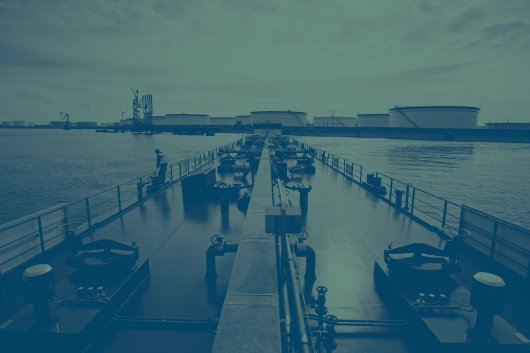Hydrogen system for marine engines is launched
New system uses hydrogen as a catalyst to help burn the fuel more completely and reduce bunker costs.
Highline Technical Innovations, Inc., the creator of a hydrogen system tested in the marine and agricultural industries, has announced that its Hy-Impact(TM) line of Intelligent Hydrogen Systems is now commercially available for all industries utilizing diesel combustion engines.
Through a partnership with Alternative Hydrogen Systems Group Sales & Marketing, LLC, the two entities have merged to form Alternative Hydrogen Solutions, a company dedicated to bringing these products to market. For industries utilizing diesel combustion engines, the presence and availability of AHS's Intelligent Hydrogen Systems is said to lead to a dramatic reduction in fuel costs and more environmentally friendly engines with radically minimized harmful emissions.
The Hy-Impact system is said to increase fuel economy between 9 and 23% and reduce diesel exhaust fluid (DEF) usage by up to 40%. The system runs on fewer than 3 amps of power and requires only one cup of distilled water every 900 operating hours.
The distinguishing characteristic of AHS's Hy-Impact product line of Intelligent Hydrogen Systems, compared to hydrogen devices of the past, according to Charlton Coats, CEO of Alternative Hydrogen Solutions, is "the fact that we aren't using hydrogen as a fuel. Instead we are using it as a catalyst to help burn the fuel more completely. In addition, we employ three patent-pending pieces of technology. Two of these regulate the exact flow of hydrogen while the other ensures no moisture enters the engine."
Hydrogen is the lightest and most abundant element in the universe. It is colorless, odorless, tasteless, non-corrosive and non-toxic to humans. An often-overlooked natural fuel resource, hydrogen contains three times the energy of natural gas of the same volume. In order to be used as a catalyst to more completely burn fuel, hydrogen is first separated from water via the process of electrolysis. When the precise required amount of hydrogen is introduced into the engine's combustion chamber, a more efficient fuel burn will result, the exhaust will run at a lower temperature, and the reduction in carbon and heat will reduce internal friction. The dramatic reduction in heat results in an increase in engine efficiency and consequently a reduction in harmful emissions.
"Put simply," explained Coats, "we are using hydrogen to completely burn the fuel in the cylinder, instead of allowing roughly 30% of fuel that otherwise would remain unburned and cause the engine to run hotter and less efficiently to ultimately then be released out into the environment in the form of harmful emissions."
"The key to our success is that we effectively control the release of the hydrogen," continued Coats. "Different engines require different levels of hydrogen in order to maximize the fuel efficiency of each. Producing hydrogen is the easy part, it is how we control and utilize the hydrogen that separates our Hy-Impact line of products from the products of other companies that attempt to use hydrogen in some form."
Alternative Hydrogen Solutions was formed in 2012, when the creators of Arkansas-based Highline Technical Innovations, joined forces with Alternative Hydrogen Systems Group Sales & Marketing, LLC. The products that comprise the Hy-Impact line and their corresponding industries include: Hy-Marine(TM) for maritime, Hy-Flo(TM) for oil, Hy-Road(TM) for trucking, Hy- Agra(TM) for agriculture, Hy-Track(TM) for locomotive, and Hy-Drolean(TM) for municipality.
Through a partnership with Alternative Hydrogen Systems Group Sales & Marketing, LLC, the two entities have merged to form Alternative Hydrogen Solutions, a company dedicated to bringing these products to market. For industries utilizing diesel combustion engines, the presence and availability of AHS's Intelligent Hydrogen Systems is said to lead to a dramatic reduction in fuel costs and more environmentally friendly engines with radically minimized harmful emissions.
The Hy-Impact system is said to increase fuel economy between 9 and 23% and reduce diesel exhaust fluid (DEF) usage by up to 40%. The system runs on fewer than 3 amps of power and requires only one cup of distilled water every 900 operating hours.
The distinguishing characteristic of AHS's Hy-Impact product line of Intelligent Hydrogen Systems, compared to hydrogen devices of the past, according to Charlton Coats, CEO of Alternative Hydrogen Solutions, is "the fact that we aren't using hydrogen as a fuel. Instead we are using it as a catalyst to help burn the fuel more completely. In addition, we employ three patent-pending pieces of technology. Two of these regulate the exact flow of hydrogen while the other ensures no moisture enters the engine."
Hydrogen is the lightest and most abundant element in the universe. It is colorless, odorless, tasteless, non-corrosive and non-toxic to humans. An often-overlooked natural fuel resource, hydrogen contains three times the energy of natural gas of the same volume. In order to be used as a catalyst to more completely burn fuel, hydrogen is first separated from water via the process of electrolysis. When the precise required amount of hydrogen is introduced into the engine's combustion chamber, a more efficient fuel burn will result, the exhaust will run at a lower temperature, and the reduction in carbon and heat will reduce internal friction. The dramatic reduction in heat results in an increase in engine efficiency and consequently a reduction in harmful emissions.
"Put simply," explained Coats, "we are using hydrogen to completely burn the fuel in the cylinder, instead of allowing roughly 30% of fuel that otherwise would remain unburned and cause the engine to run hotter and less efficiently to ultimately then be released out into the environment in the form of harmful emissions."
"The key to our success is that we effectively control the release of the hydrogen," continued Coats. "Different engines require different levels of hydrogen in order to maximize the fuel efficiency of each. Producing hydrogen is the easy part, it is how we control and utilize the hydrogen that separates our Hy-Impact line of products from the products of other companies that attempt to use hydrogen in some form."
Alternative Hydrogen Solutions was formed in 2012, when the creators of Arkansas-based Highline Technical Innovations, joined forces with Alternative Hydrogen Systems Group Sales & Marketing, LLC. The products that comprise the Hy-Impact line and their corresponding industries include: Hy-Marine(TM) for maritime, Hy-Flo(TM) for oil, Hy-Road(TM) for trucking, Hy- Agra(TM) for agriculture, Hy-Track(TM) for locomotive, and Hy-Drolean(TM) for municipality.
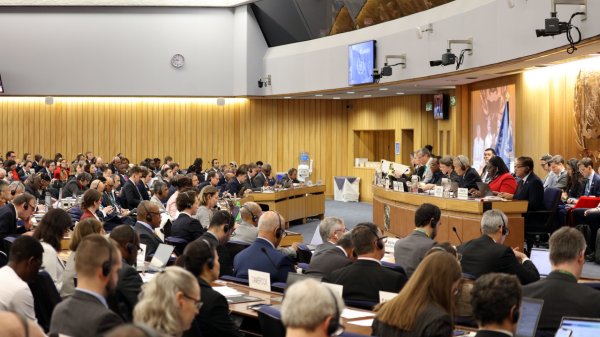
|
IMO approves pricing mechanism based on GHG intensity thresholds
Charges to be levied on ships that do not meet yearly GHG fuel intensity reduction targets. |
|
|
|
||
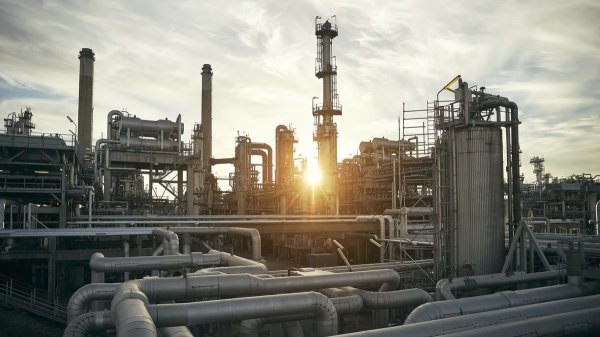
|
VARO Energy expands renewable portfolio with Preem acquisition
All-cash transaction expected to complete in the latter half of 2025. |
|
|
|
||
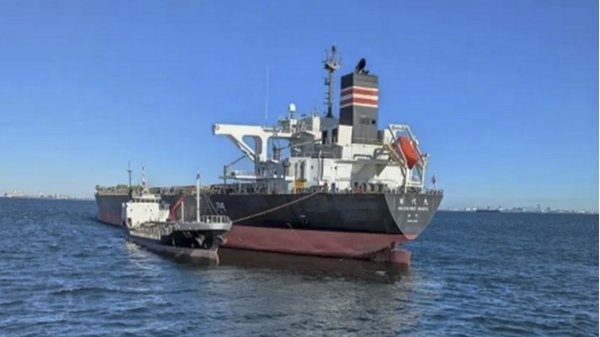
|
NYK trials biofuel in milestone coal carrier test
Vessel is used to test biofuel for domestic utility company. |
|
|
|
||
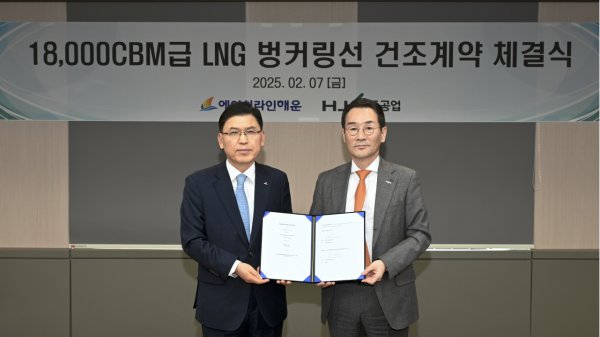
|
H-Line Shipping orders LNG bunkering vessel
Vessel with 18,000-cbm capacity to run on both LNG and MDO. |
|
|
|
||

|
How to engineer and manage green shipping fuels | Stanley George, VPS
Effective management strategies and insights for evolving fuel use. |
|
|
|
||

|
Swedish government bans scrubber wastewater discharges
Discharges from open-loop scrubbers to be prohibited in Swedish waters from July 2025. |
|
|
|
||
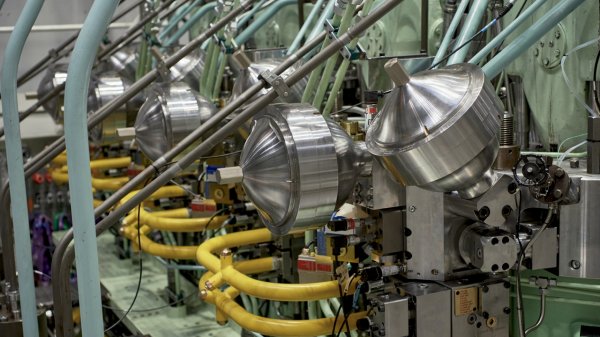
|
MAN Energy Solutions achieves 100% load milestone for ammonia engine
Latest tests validate fuel injection system throughout the entire load curve. |
|
|
|
||
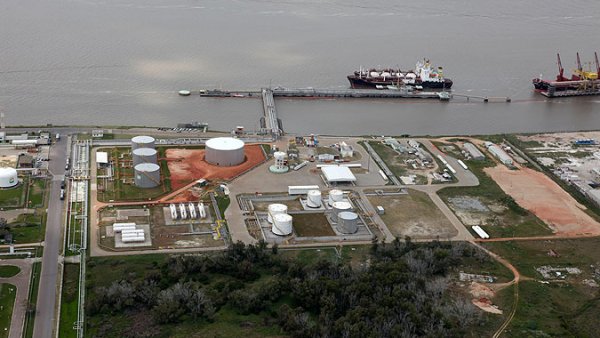
|
Petrobras secures ISCC EU RED certification for B24 biofuel blend at Rio Grande
Blend consisting of 24% FAME is said to have been rigorously tested to meet international standards. |
|
|
|
||
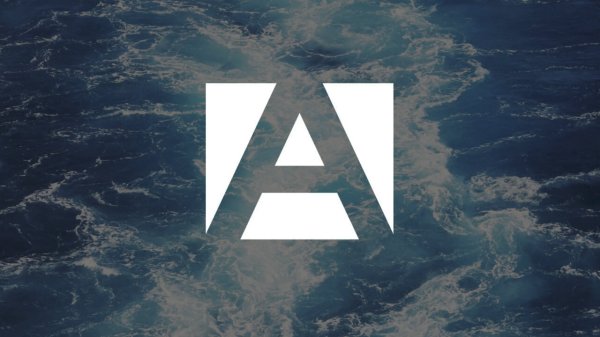
|
Stolt-Nielsen to fully control Avenir LNG with acquisition
Share purchase agreement to buy all shares from Golar LNG and Aequitas. |
|
|
|
||
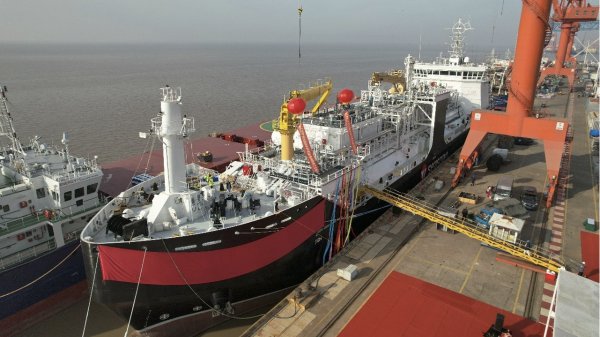
|
Bureau Veritas supports launch of CIMC SOE's LNG bunkering vessel
Handover of Seaspan Energy's cutting-edge 7,600-cbm vessel completed. |
|
|
|
||
Related Links
- · Sea trials of algae-derived biodiesel [Insights]
- · 'World's first' plugin hybrid green ship [Insights]
- · Hydrogen-fuelled concept ship unveiled [Insights]
- · Hybrid power system to be tested in June [Insights]
- · United States [Directory]

